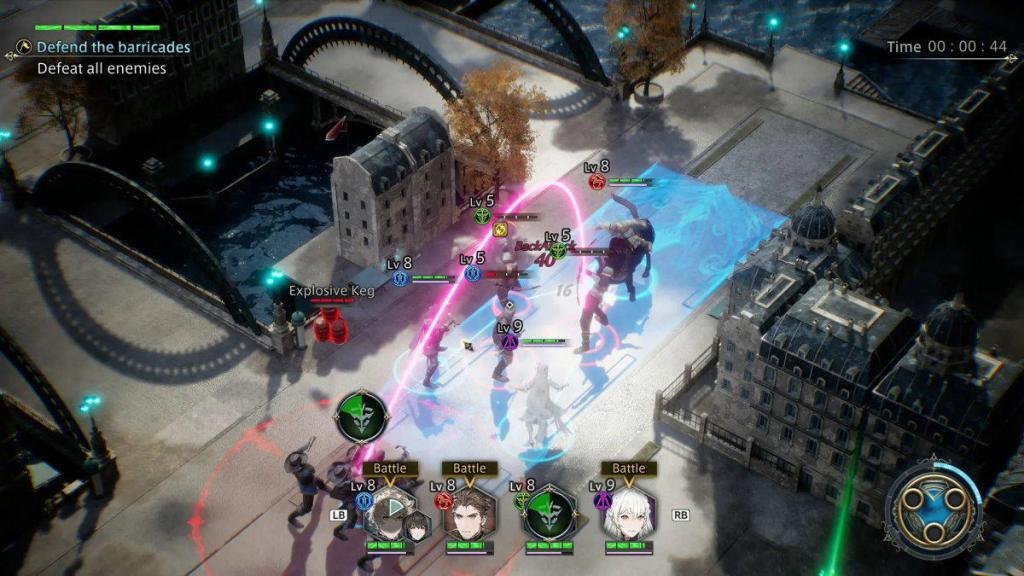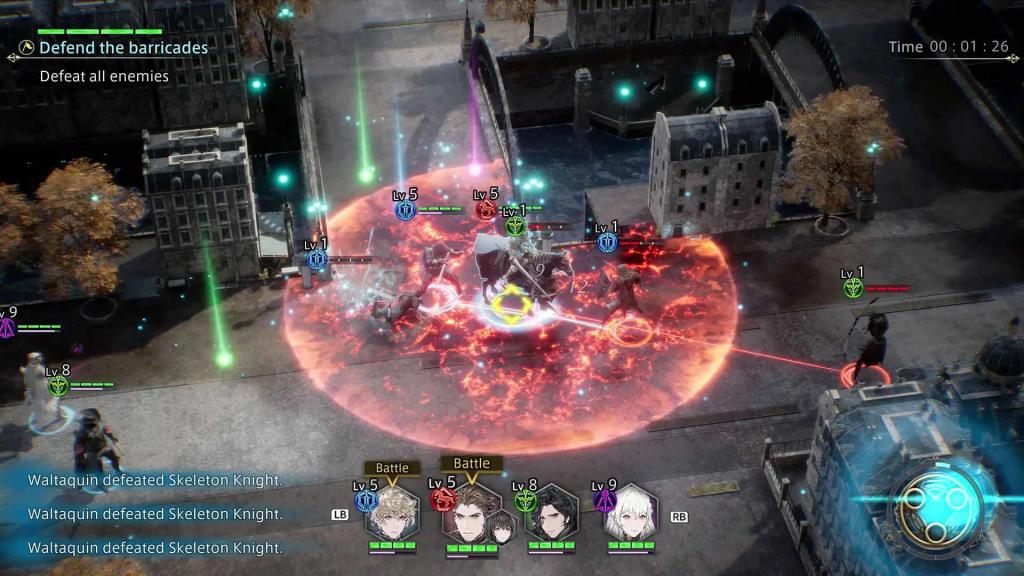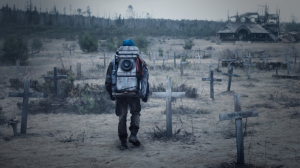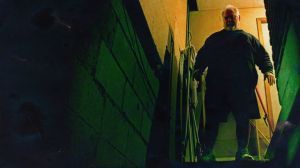Before I start talking about the demo for Square-Enix’s real-time tactical RPG The DioField Chronicle, you should know a couple of things. First, Final Fantasy Tactics is one of my favorite games of all time. Second, real-time strategy games stress me out. Armed with this information, you might begin to understand the rollercoaster of emotion I felt watching The DioField Chronicle‘s reveal teaser during Sony’s March State of Play stream. My hopes soared high at the Tactics-like visual presentation and a story seemingly steeped in the same blend of intrigue and politics, only to plunge when all of the units appeared to be moving simultaneously on the battlefield.
Videos by ComicBook.com
Perhaps this is why Square Enix decided to release a demo for the game, and I’m glad they did. While it does move in real-time, The DioField Chronicle‘s “Real-Time Tactical Battle System” may not be what fans expect, especially if the term “real-time” applied to strategy games conjures up visions of Warcraft and StarCraft. There’s no resource management, building, or recruitment during battle. Instead, you control a pre-set squad of four combatants (each is also allowed to have another unit attached in a supporting role, though they don’t appear on the battlefield) and navigate them through battle. Combat takes place in real-time, but players can pause time while assigning orders to their units. The DioField Chronicle‘s focus on squad vs. squad combat is more reminiscent of a modern XCOM game than anything else, except without the cover system and more of a focus on melee combat.
There are four classes of combatants in The DioField Chronicle, each with their own set of skills and abilities, making it easy to field a balanced, four-unit squad. Soldiers are frontline combatants, while Cavaliers serve as mobile, mounted units. Bringing up the rear are Sharpshooters and Magickers, the former acting as a sniper or providing blanket fire over a set region while the latter provides support and area attacks.
These four classes can be further distinguished by which weapon they wield. For example, a sword-and-shield-wielding Soldier has abilities like Shield Bash, which stuns opponents and disrupts their abilities, perfect for locking enemies down. However, a soldier equipped with a dagger is a much more offensive unit, using skills like Assassinate that deal significant damage and instantly recharge if used for a killing blow. There’s only so much to be easily experimented with in the demo, but with each class able to equip at least two weapon types (the soldier can use three), it’s easy to get a sense of how a player can customize their force to suit their play style.

The key to The DioField Chronicle‘s combat is ambush damage. It’s simple enough to grasp: attacking from behind deals extra damage. Therefore, it’s a good idea to surround your opponent and not to let your opponent do the same to your units. One simple tactic is to perform pincer attacks when the opportunity to split the party presents itself. Another is to engage an opponent with a soldier, then have your Cavalier use an ability like Full Charge, allowing them to move through the enemy to the opposite side. Of course, it’s crucial to be mindful of the enemy’s position since putting your Cavalier on the opposite side of your opponent leaves him open to being ambushed by new enemies entering the field.
The DioField Chronicle has three difficulty levels: Easy, Medium, and Hard. Playing on Normal felt like controlling a special ops murder squad. Pressing the “select all units” button (units can also be selected individually using the analog-controlled cursor, or by holding the “select multiple units button,” creating a growing selection circle to encompass whichever units the players desire) and then pointing them at the nearest enemy one after the other, the group rolled over every enemy in their path as long as I remembered to use my abilities now and then. Upping the difficulty to Hard (players can adjust the setting between, but not during, combat missions), positioning and defense became much more vital to victory, and enemy pincer attacks and reinforcements were potentially deadly.

It’s hard to get a sense of The DioField Chronicle‘s story from the demo alone, which only covers the game’s first chapter (save data is transferable to the full game upon release). The game takes place on DioField Island, off the coast of a continent ravaged by a long and still ongoing war. While the Kingdom of Alletian, located on the island, hasn’t been drawn into the fighting, the recent stalemate has both sides of the conflict turning their attention toward Diofeld since the island is rich in a mineral called Jade that fuels the use of magic. However, none of his comes into play in Chapter 1’s plot. Instead, the characters begin their career as mercenaries in a lord’s private army. Their commander chooses their missions, which revolve almost exclusively around the petty internal politics of the kingdom. There’s a sense that this chapter is simply easing players into the game’s world, and it indeed ends on a note of high intrigue and with the protagonists set to gain much greater agency in their futures.
I may have gone into The DioField Chronicle with some trepidation due to my general aversion to real-time strategy games, but the demo got me on board. I’m looking forward to seeing what else The DioFeld Chronicle has in store and would encourage anyone else still skeptical of the game to check out the demo.
The DioField Chronicle demo becomes available to download on August 10th. The DioField Chronicle releases in full for Microsoft Windows, Nintendo Switch, PlayStation 4, PlayStation 5, Xbox One, and Xbox Series X on September 22nd.








